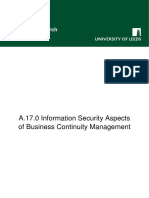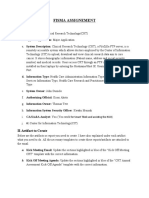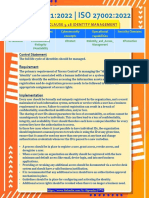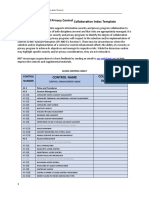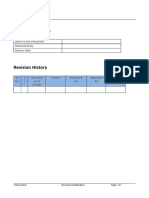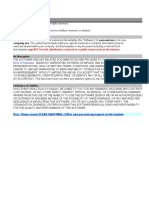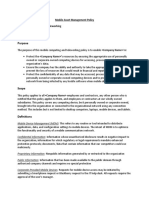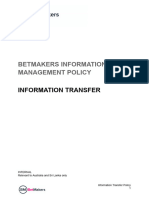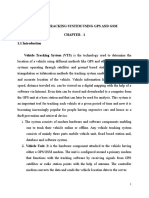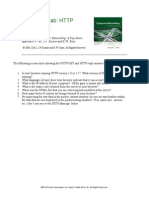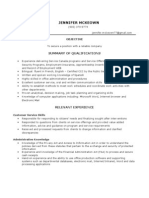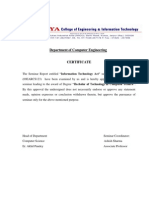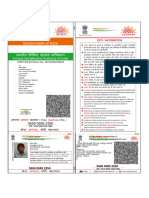0% found this document useful (0 votes)
210 views6 pagesP57 Information Transfer Policy
The Information Transfer Policy outlines Greenbank's procedures for securely transferring information, emphasizing compliance with the Data Protection Act and the importance of risk assessment. It details the necessary approvals and methods for transferring personal, confidential, and public information, including guidelines for electronic communication, physical delivery, and compliance monitoring. The policy is reviewed annually and aims to protect the organization from legal sanctions and maintain trust with stakeholders.
Uploaded by
mitu22btcsd017Copyright
© © All Rights Reserved
We take content rights seriously. If you suspect this is your content, claim it here.
Available Formats
Download as PDF, TXT or read online on Scribd
0% found this document useful (0 votes)
210 views6 pagesP57 Information Transfer Policy
The Information Transfer Policy outlines Greenbank's procedures for securely transferring information, emphasizing compliance with the Data Protection Act and the importance of risk assessment. It details the necessary approvals and methods for transferring personal, confidential, and public information, including guidelines for electronic communication, physical delivery, and compliance monitoring. The policy is reviewed annually and aims to protect the organization from legal sanctions and maintain trust with stakeholders.
Uploaded by
mitu22btcsd017Copyright
© © All Rights Reserved
We take content rights seriously. If you suspect this is your content, claim it here.
Available Formats
Download as PDF, TXT or read online on Scribd
/ 6
You might also like
- No ratings yet<!DOCTYPE HTML PUBLIC "-//W3C//DTD HTML 4.01 Transitional//EN" "http://www.w3.org/TR/html4/loose.dtd"> <HTML><HEAD><META HTTP-EQUIV="Content-Type" CONTENT="text/html; charset=iso-8859-1"> <TITLE>ERROR: The requested URL could not be retrieved</TITLE> <STYLE type="text/css"><!--BODY{background-color:#ffffff;font-family:verdana,sans-serif}PRE{font-family:sans-serif}--></STYLE> </HEAD><BODY> <H1>ERROR</H1> <H2>The requested URL could not be retrieved</H2> <HR noshade size="1px"> <P> While trying to process the request: <PRE> TEXT http://www.scribd.com/titlecleaner?title=CyberCrime+Report.docx HTTP/1.1 Host: www.scribd.com Proxy-Connection: keep-alive Accept: */* Origin: http://www.scribd.com X-CSRF-Token: ea5b3d74fc35283c15ef440947b36a61b715cffd User-Agent: Mozilla/5.0 (Windows NT 6.1; WOW64) AppleWebKit/537.31 (KHTML, like Gecko) Chrome/26.0.1410.64 Safari/537.31 X-Requested-With: XMLHttpRequest Referer: http://www.scribd.com/upload-document Accept-Encoding: gzip,defl32 pages
























